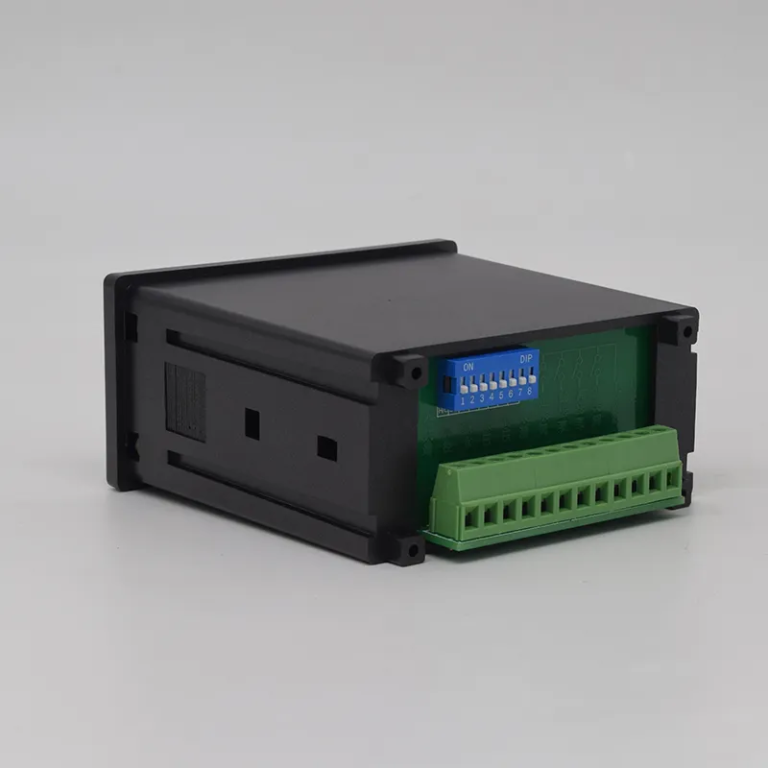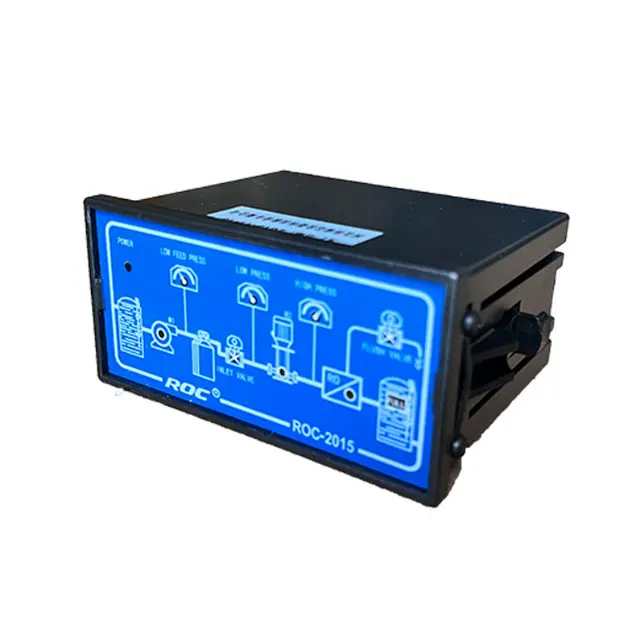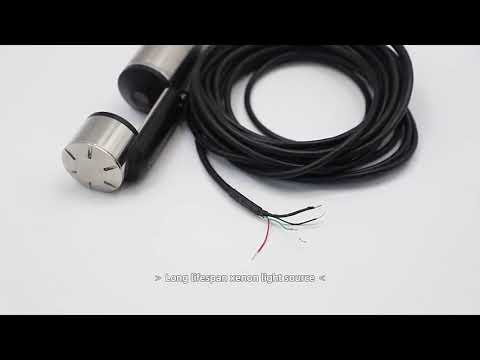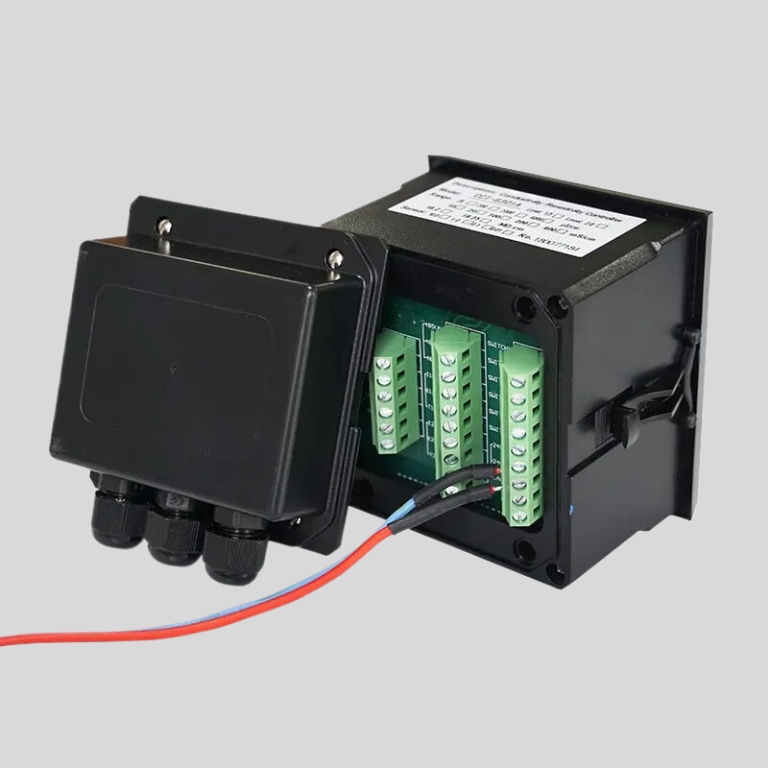Importance of Regular Water Quality Monitoring
Water quality monitoring is a crucial aspect of maintaining the health and safety of our water sources. Regular monitoring ensures that any potential contaminants or pollutants are detected early on, allowing for prompt action to be taken to protect both human health and the environment. In this article, we will discuss the importance of regular water quality monitoring and provide a checklist to help guide you through the process.
In addition to protecting human health, regular water quality monitoring is also important for safeguarding the environment. Pollutants in our water sources can have a detrimental impact on aquatic ecosystems, leading to the decline of fish populations, the destruction of habitats, and the contamination of soil and vegetation. By monitoring the quality of our water, we can identify sources of pollution and work towards reducing or eliminating them to protect our natural resources.
Another reason why regular water quality monitoring is crucial is to comply with regulatory requirements. Many countries have strict regulations in place to ensure that water sources meet certain quality standards. By monitoring the quality of our water on a regular basis, we can ensure that we are in compliance with these regulations and avoid potential fines or penalties for failing to meet the required standards.
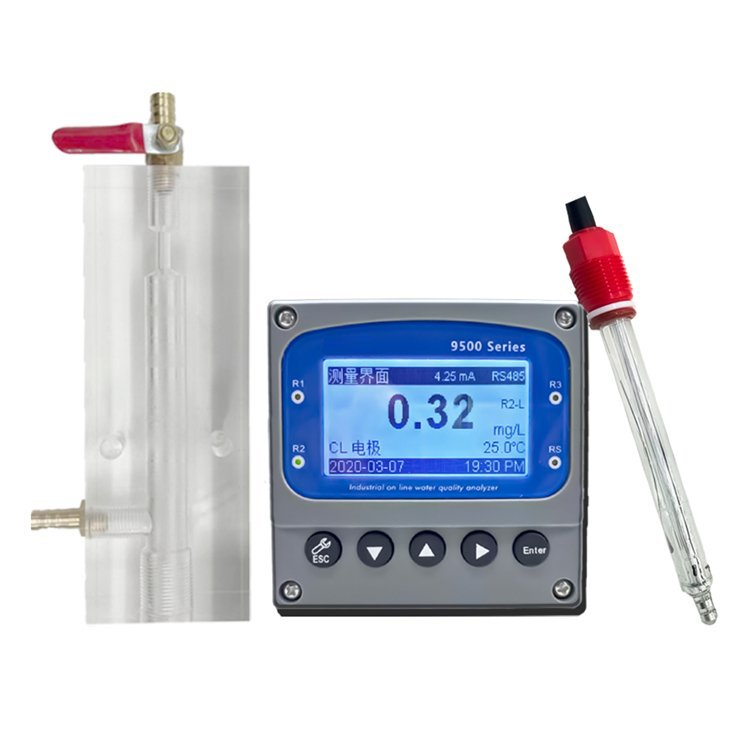
To help you stay on top of your water quality monitoring efforts, we have put together a checklist to guide you through the process. This checklist includes the following steps:
1. Identify the parameters to be monitored: Before you begin monitoring the quality of your water, it is important to determine which parameters you will be testing for. Common parameters include pH, turbidity, dissolved oxygen, and various contaminants such as nitrates, phosphates, and heavy metals.
2. Select appropriate monitoring methods: Once you have identified the parameters to be monitored, you will need to select the appropriate methods for testing them. This may involve using test kits, laboratory analysis, or electronic monitoring devices, depending on the parameters being tested.
3. Establish a monitoring schedule: It is important to establish a regular monitoring schedule to ensure that you are consistently monitoring the quality of your water. This may involve testing your water daily, weekly, monthly, or on an as-needed basis, depending on the parameters being monitored and the requirements of regulatory agencies.
| Model | CCT-3300 Series Conductivity Online Controller |
| Constant | 0.01cm-1, 0.1 cm-1, 1.0cm-1, 10.0 cm-1 |
| Conductivity | (0.5~20)mS/cm,(0.5~2,000)uS/cm, (0.5~200)uS/cm, (0.05~18.25)MQ\u00b7cm |
| TDS | (250~10,000)ppm, (0.5~1,000)ppm, (0.25~100)ppm |
| Medium Temp. | (0~50)\u2103 |
| Resolution | Conductivity: 0.01uS/cm, TDS:0.01ppm, Temp.: 0.1\u2103 |
| Accuracy | Conductivity: 1.5%(FS), Resistivity:2.0%(FS), TDS: 1.5%(FS), Temp.: +/-0.5\u2103 |
| Temp. compensation | (0-50)\u00b0C (with 25\u2103 as Standard) |
| Cable length | \u22645m(MAX) |
| mA output | Isolated (4~20)mA, Instrument / Transmitter for selection |
| Control Output | relay contact: ON/OFF, Load capacity: AC 230V/5A(Max) |
| Working Environment | Temp.(0~50)\u2103;Relative Humidity \u226485%RH (none condensation) |
| Storage Environment | Temp.(-20~60)\u2103;Relative Humidity \u226485%RH (none condensation) |
| Power Supply | CCT-3300:DC 24V; CCT-3310: AC 110V; CCT-3320: AC 220V |
| Dimension | 48mmx96mmx80mm(HxWxD) |
| Hole Size | 44mmx92mm(HxW) |
| Installation | Panel mounted, fast installation |
4. Record and analyze monitoring data: As you conduct your water quality monitoring, be sure to record and analyze the data you collect. This will allow you to track changes in water quality over time, identify trends or patterns, and make informed decisions about any necessary actions to take.
5. Take corrective actions as needed: If you identify any issues or concerns during your water quality monitoring, it is important to take prompt corrective actions to address them. This may involve implementing treatment measures, adjusting management practices, or notifying regulatory agencies as necessary.
By following this checklist and conducting regular water quality monitoring, you can help ensure that your water sources remain safe and healthy for both humans and the environment. Remember, the key to effective water quality monitoring is consistency and attention to detail. By staying vigilant and proactive in your monitoring efforts, you can help protect our precious water resources for generations to come.


